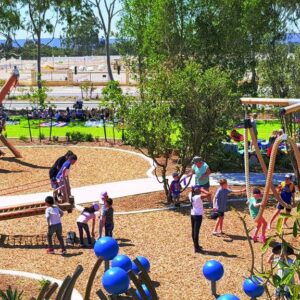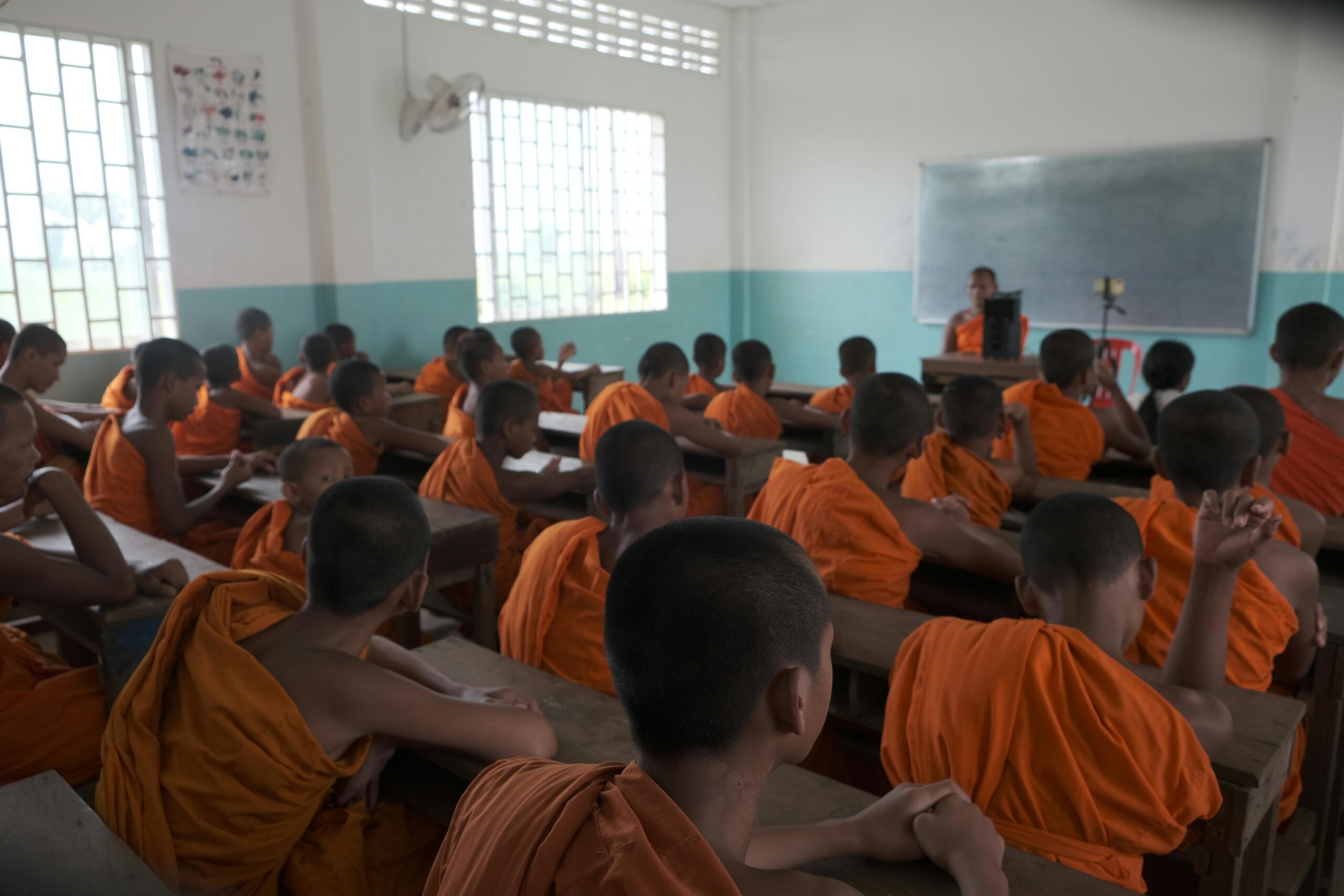In recent years, the importance ofco-curricular activitiesin school education has gained significant recognition as a vital component of a child’s overall development. As traditional academics often dominate the educational experience, co-curricular activities provide a balanced approach to developing essential life skills that go beyond the textbook. Schools across the country are increasingly integrating these activities into their curricula, aiming to equip students with a broader skill set to excel in their personal and professional lives. However, while the benefits are clear, experts are calling for a more structured and well-supported implementation across schools.
Co-Curricular Activities: More Than Just Fun and Games
Co-curricular activities encompass a wide range of non-academic pursuits that complement the formal curriculum. These activities include sports, music, dance, drama, art, debate, public speaking, and leadership training programs. They aim to provide a well-rounded education, allowing students to explore their interests, build social skills, and develop emotional intelligence.
Key Benefits:
- Physical Health and Well-being: Sports and physical activities promote fitness, teamwork, and discipline, while also fostering healthy lifestyles.
- Mental and Emotional Growth: Creative activities such as music, art, and drama encourage emotional expression, reduce stress, and improve mental resilience.
- Developing Social Skills: Group activities, clubs, and teamwork help children develop better communication, collaboration, and leadership abilities.
Rising Recognition of Co-Curricular Activities in Schools
The role of co-curricular activities in school education has become more prominent, especially in progressive educational systems that emphasize holistic development. Top schools in major cities like Delhi, Bengaluru, and Mumbai are increasingly offering specialized programs, encouraging students to pursue extracurricular interests alongside academics.
Critical Insight:Despite the growing emphasis on co-curricular activities, there are concerns about thebalance between academics and extracurriculars. Critics argue that students often face pressure to excel in both areas, leading to stress and burnout. School administrations must therefore create a balanced approach that values both academics and co-curricular activities equally.
The Connection Between Co-Curricular Activities and Academic Performance
Recent studies suggest that students who actively engage in co-curricular activities often perform better academically. Research from global education bodies, such as theInternational Society for Research in Education and Development, has found a positive correlation between participation in extracurricular activities and improved academic achievement.
Critical Insight:While participation in these activities can enhance learning, there is concern thatoveremphasis on extracurricularsmay shift focus away from academics, especially in schools that prioritize sports or other non-academic pursuits. Schools must ensure that co-curricular programs are integrated in a way that supports, rather than competes with, the academic curriculum.
Challenges in Implementing Co-Curricular Programs Across Schools
Despite the clear benefits, several challenges persist in the widespread implementation of effective co-curricular programs.Infrastructure limitations, lack of trained teachers, and insufficient funding remain significant hurdles, particularly in rural and underfunded schools. Moreover, many government schools struggle to offer a comprehensive range of activities due to limited resources.
Critical Insight:While private and elite institutions may have the resources to offer diverse programs, government schools often lag behind. There is a growing call forequitable accessto quality co-curricular opportunities, ensuring that every student, regardless of their socioeconomic background, benefits from well-rounded education.
Government and Policy Support for Co-Curricular Development
To address these challenges, both government and private institutions are pushing for reforms in school education. TheNational Education Policy (NEP) 2020emphasizes the importance of holistic development, which includes co-curricular activities. It suggests that schools move away from exam-centric education and incorporate activities that foster critical thinking, creativity, and social responsibility.
Critical Insight:Although the NEP highlights the importance of co-curricular activities, its implementation on the ground remains inconsistent. Schools require not only policy support but also the infrastructure and professional development necessary to provide these opportunities effectively.
The Role of Technology in Co-Curricular Activities
Technology has also played a pivotal role in transforming the landscape of co-curricular education. With the rise ofonline learning platforms, students can now access a variety of virtual workshops, courses, and extracurricular programs ranging from coding classes to online music lessons. This trend has made extracurricular education more accessible, particularly for students in remote areas.
Critical Insight:While online platforms can offer greater access to co-curricular opportunities,digital equityremains a concern. Many students in rural or economically disadvantaged areas still lack access to the internet and technological tools, leaving them at a disadvantage when it comes to participating in digital co-curricular activities.
The Way Forward: Integrating Co-Curricular Activities into Mainstream Education
As schools recognize the importance of holistic development, it’s crucial to ensure that co-curricular activities are no longer viewed as mere add-ons to education. They must be embedded into the curriculum and treated as an essential aspect of student growth. Schools should offer a range of activities that cater to diverse interests, ensuring that students have the opportunity to discover their passions.
Critical Insight:To truly capitalize on the benefits of co-curricular activities, schools need to foster an environment where these activities are valued equally alongside academic learning. This will require schools to invest in both resources and teacher training to ensure that these programs are effectively implemented and accessible to all students.
Conclusion: A Holistic Approach to Education is Key
Co-curricular activities are not just a luxury or optional addition to education—they are essential for the development of well-rounded individuals. By fostering skills like creativity, leadership, teamwork, and emotional intelligence, these activities play a crucial role in preparing students for life beyond school. However, for co-curricular programs to reach their full potential, a balanced, well-resourced, and inclusive approach must be adopted. Only then can we ensure that all students, regardless of their background, are given the opportunity to thrive academically, socially, and emotionally.












